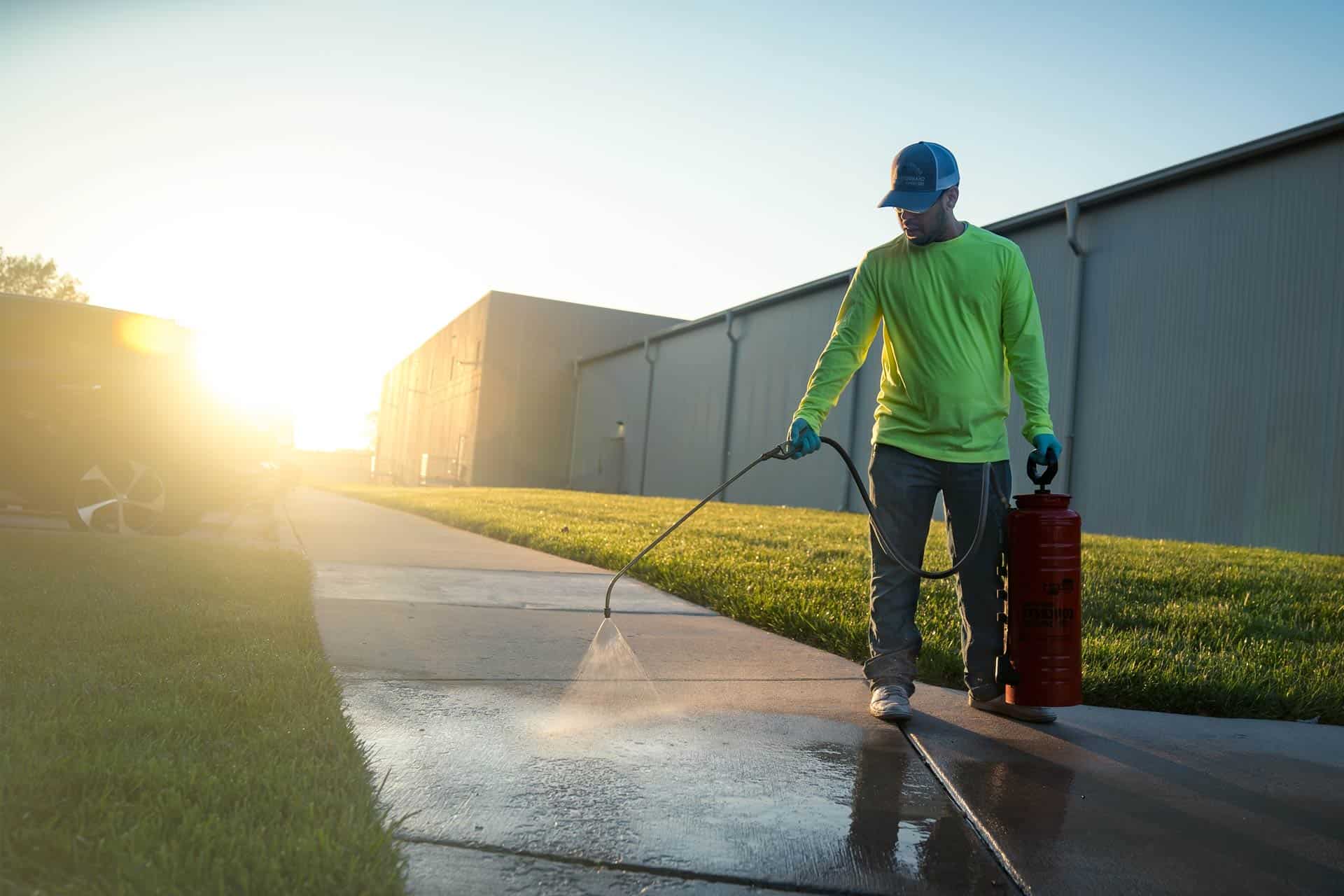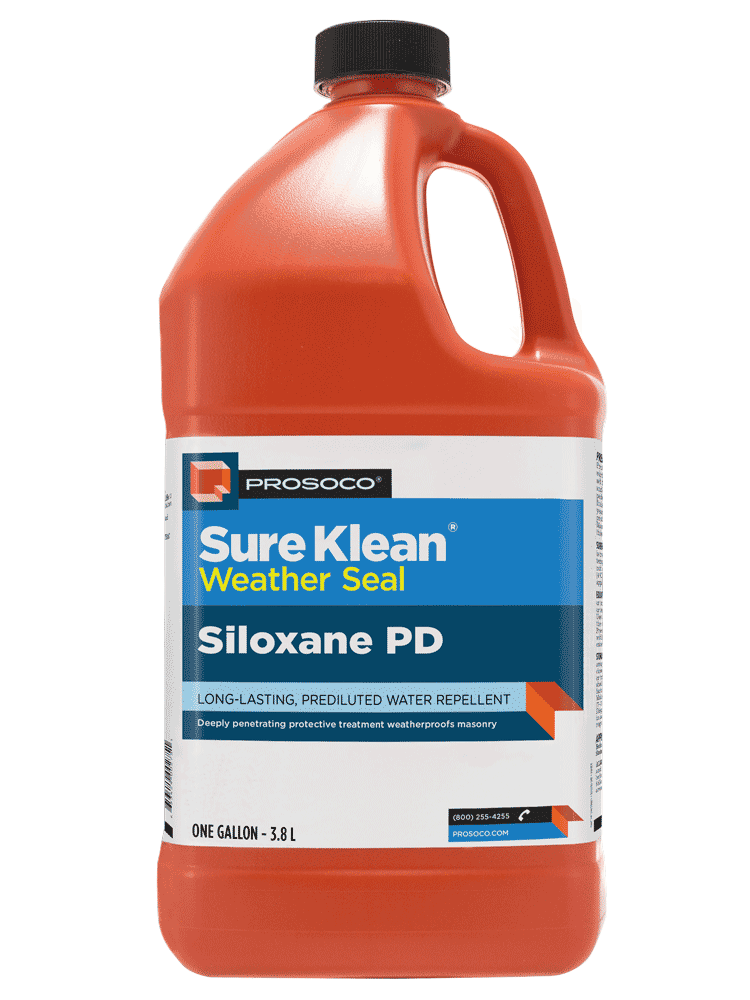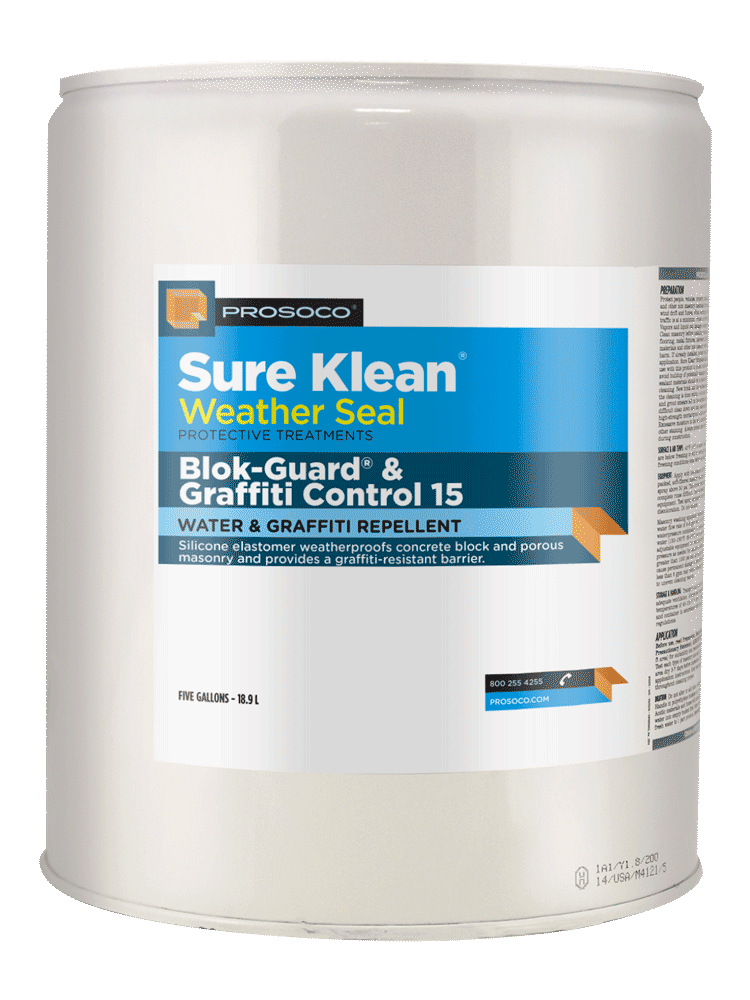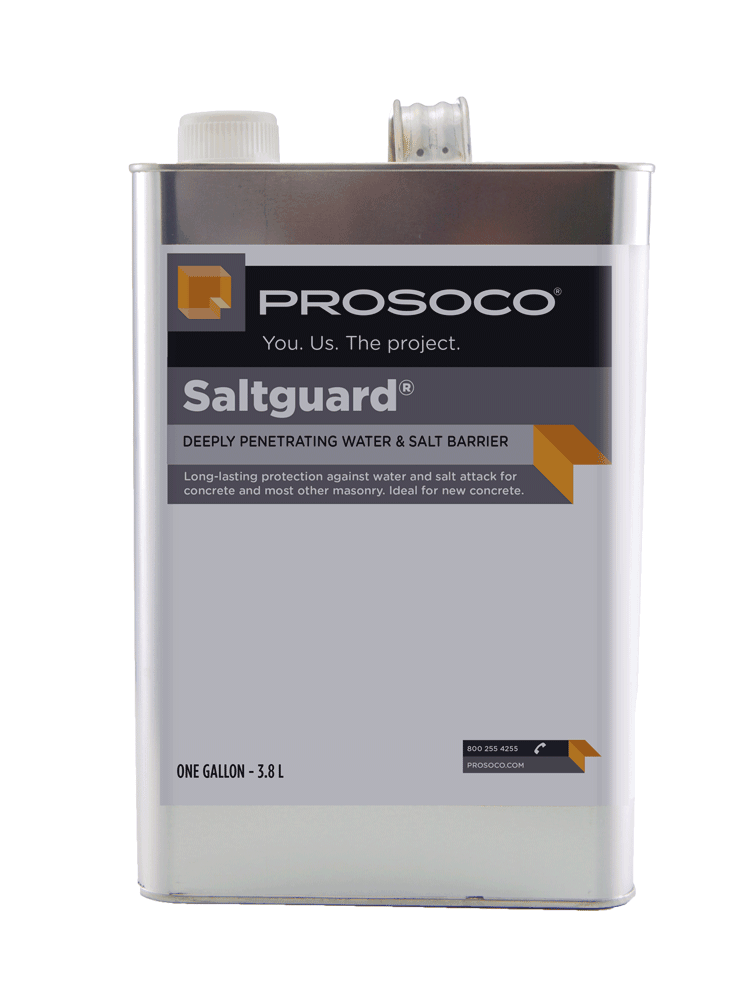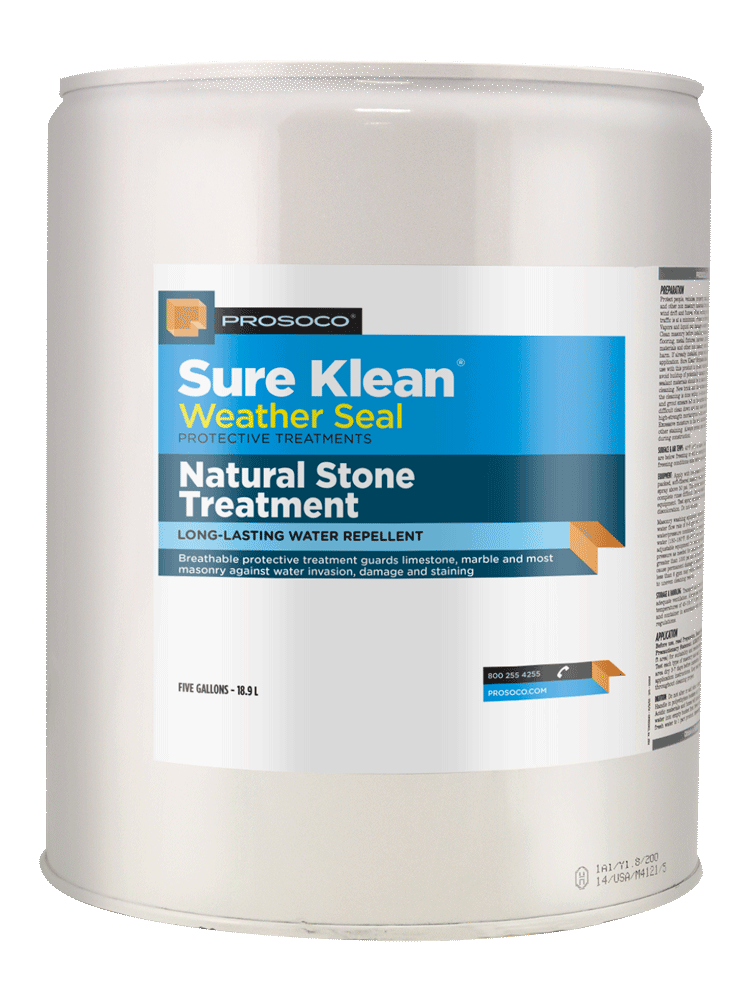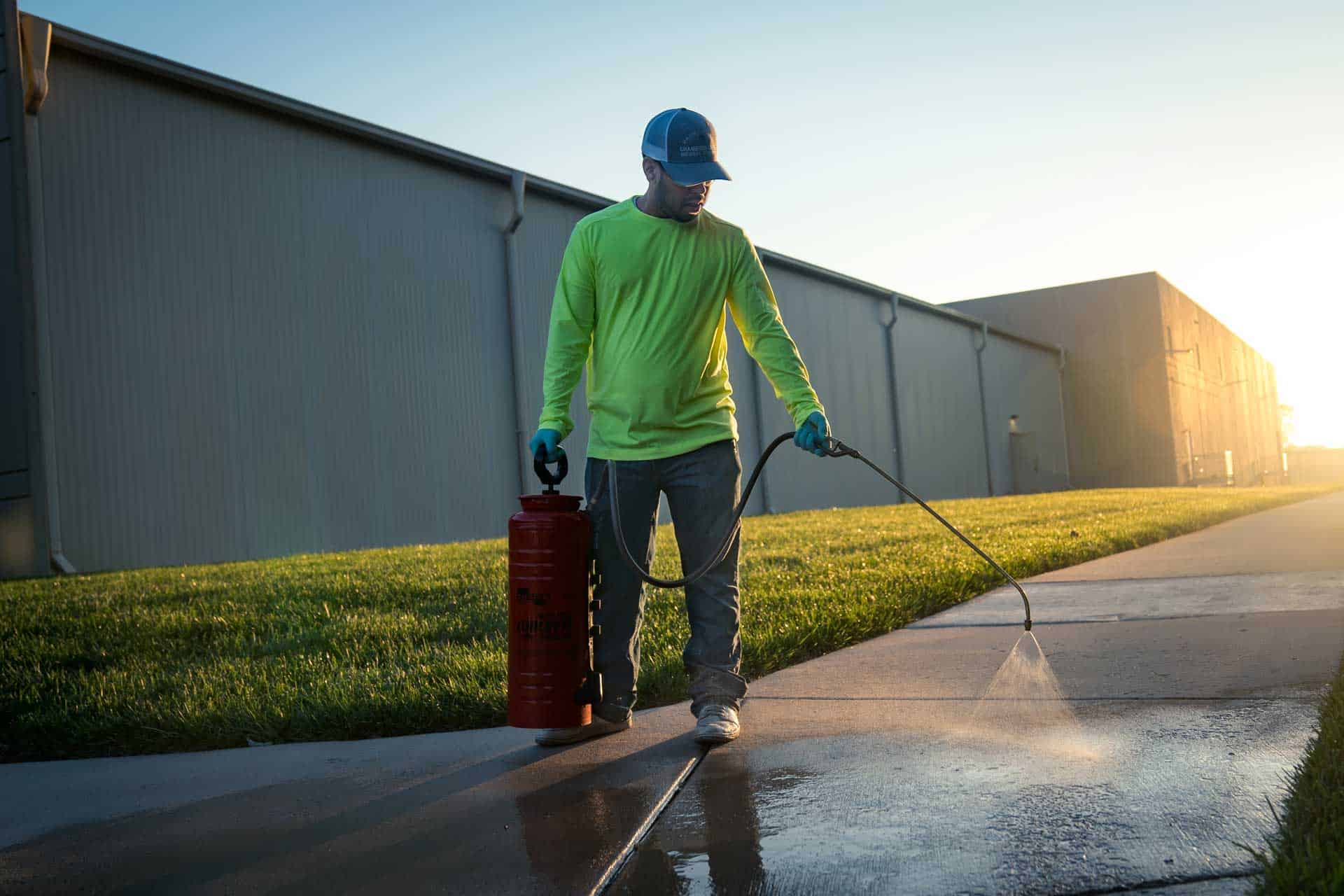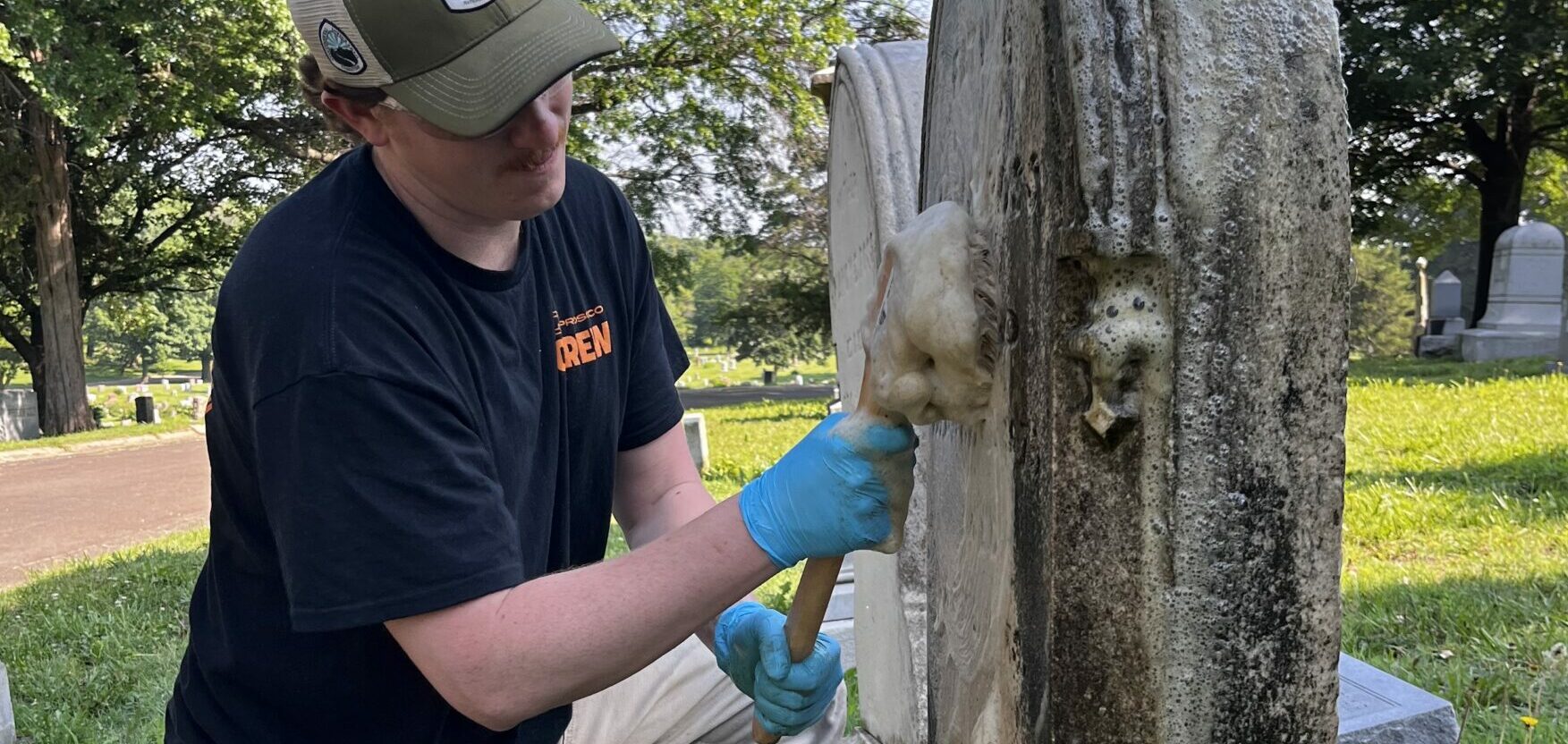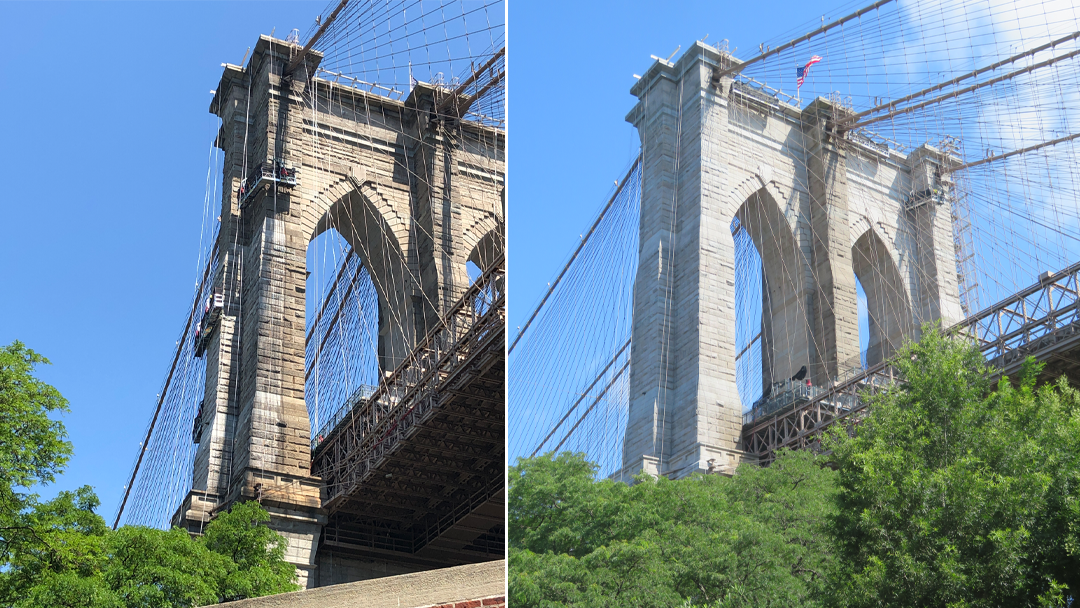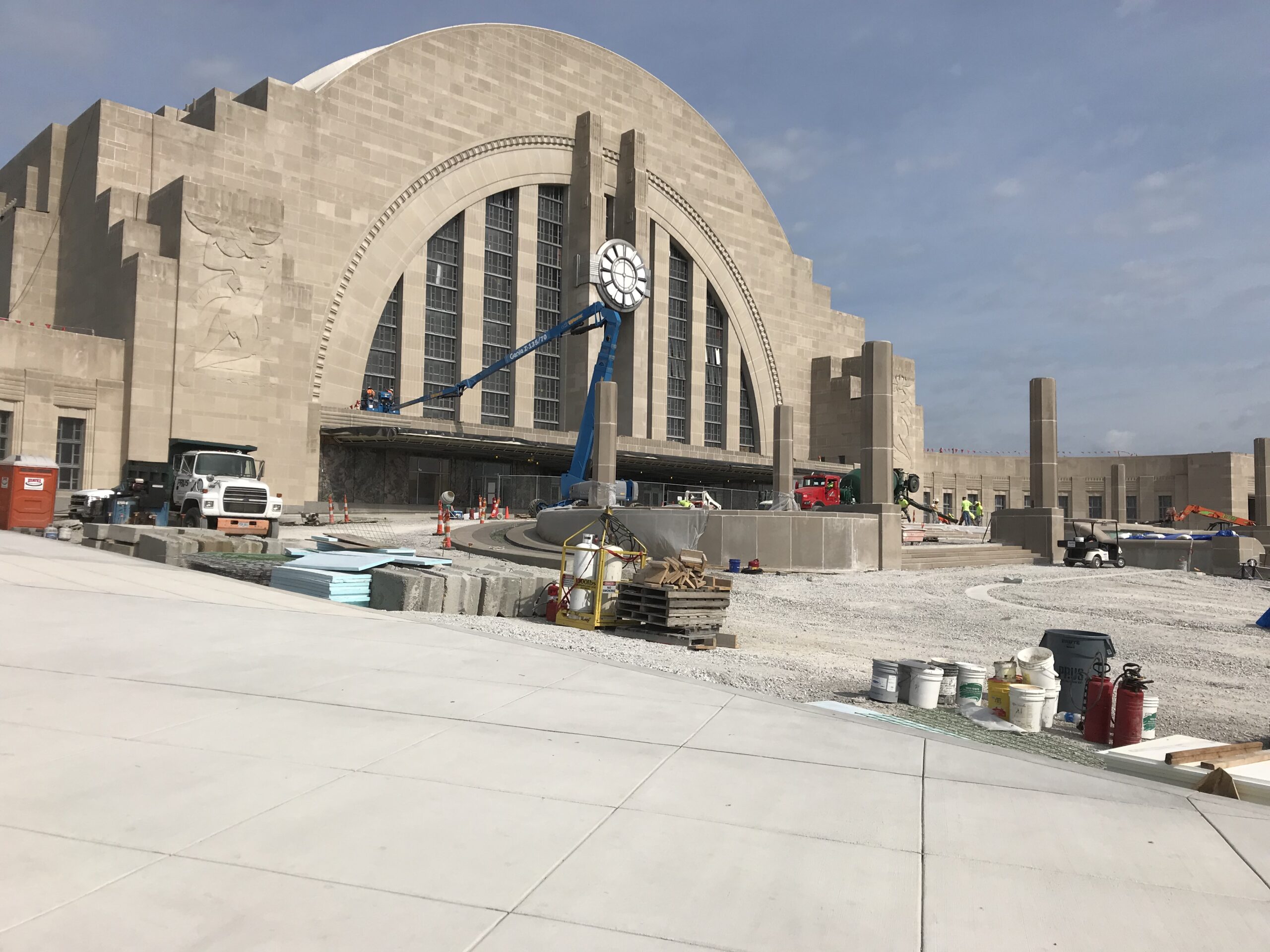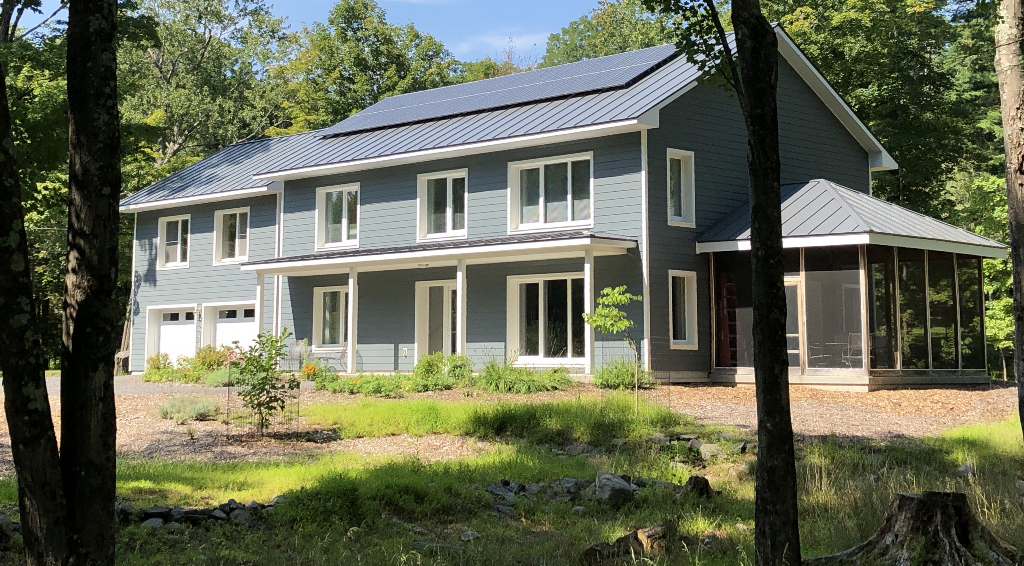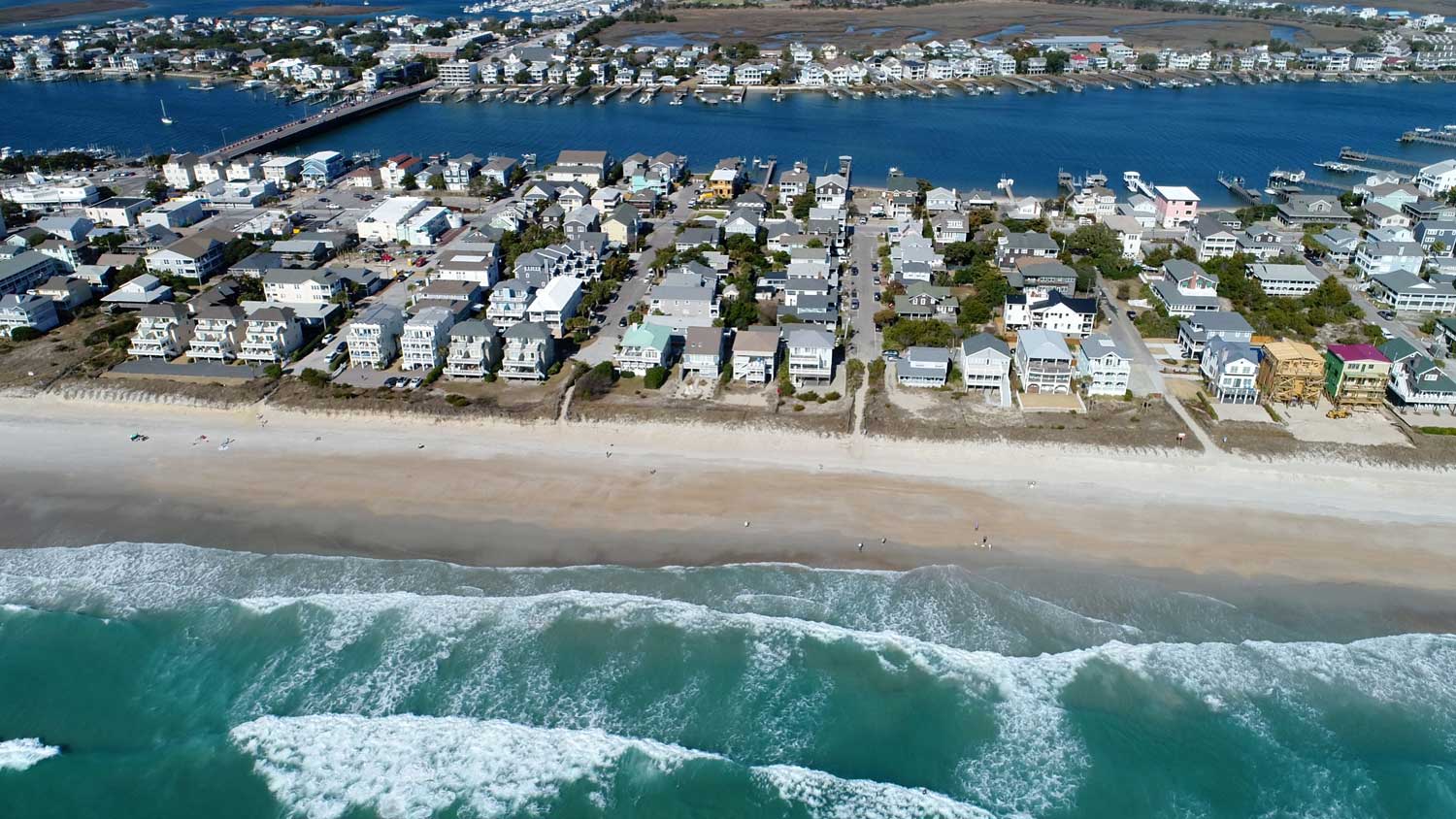Get the facts about the differences between types, advantages and disadvantages, best practices, and more.
Water repellents, or protective treatments as they’re sometimes known, can be an easy and economical way to lengthen the life of your masonry buildings and structures. So why aren’t they more commonly specified and used? And what do masonry professionals need to know about water repellents before purchasing or applying one?
Our VP of Sales Jake Boyer shared his top 6 water repellent myths, as well as best practices and tips to get the most of a water repellent application.
Myth #1: “They’re all the same.”
First up, Boyer emphasizes that not all water repellents are alike. There are different categories of water repellents and they each do different things. Understanding their differences will reduce the odds that the wrong type is selected for the wrong situation.
The two main types are film-formers (also known as “sealers”), and penetrants.
“The biggest misconception I see is the lack of recognition between the types of water repellents and thinking they all do the same thing.”
So, how do they differ? Film-formers, also known as sealers, create a continuous film over the surface of the substrate with the goal of keeping all water out. Situations where a film-forming water repellent may make sense is when an owner desires a gloss or sheen to the surface or to protect topically applied colors from foot or vehicular traffic.
Are there any cons to film-formers? “Where these tend to fall short is when water does inevitably get behind that film and cause issues they were designed to prevent like damage from freeze/thaw cycles, subflorescence (sub-surface efflorescence), sealer blush and more,” Boyer says.
“Unfortunately, they may trap incidental moisture behind the film and create larger issues, plus they have a much shorter lifespan than most penetrants. Film-formers remain at the surface and are exposed to UV rays and other weather elements, which means they tend to wear out faster when subjected to foot or vehicular traffic. Often times, they need to be stripped prior to re-application.”
Penetrants, or penetrating water repellents, on the other hand, work by penetrating into the substrate and reacting with the inherent elements to form a chemical bond on the inner lining of the pore structure. This more common technology provides similar value to what the film-formers are intended to, while also adding one big advantage.
“The biggest advantage of a penetrant is its ability to resist bulk water ingress while allowing the substrate to maintain its natural permeance or breathability,” Boyer says.
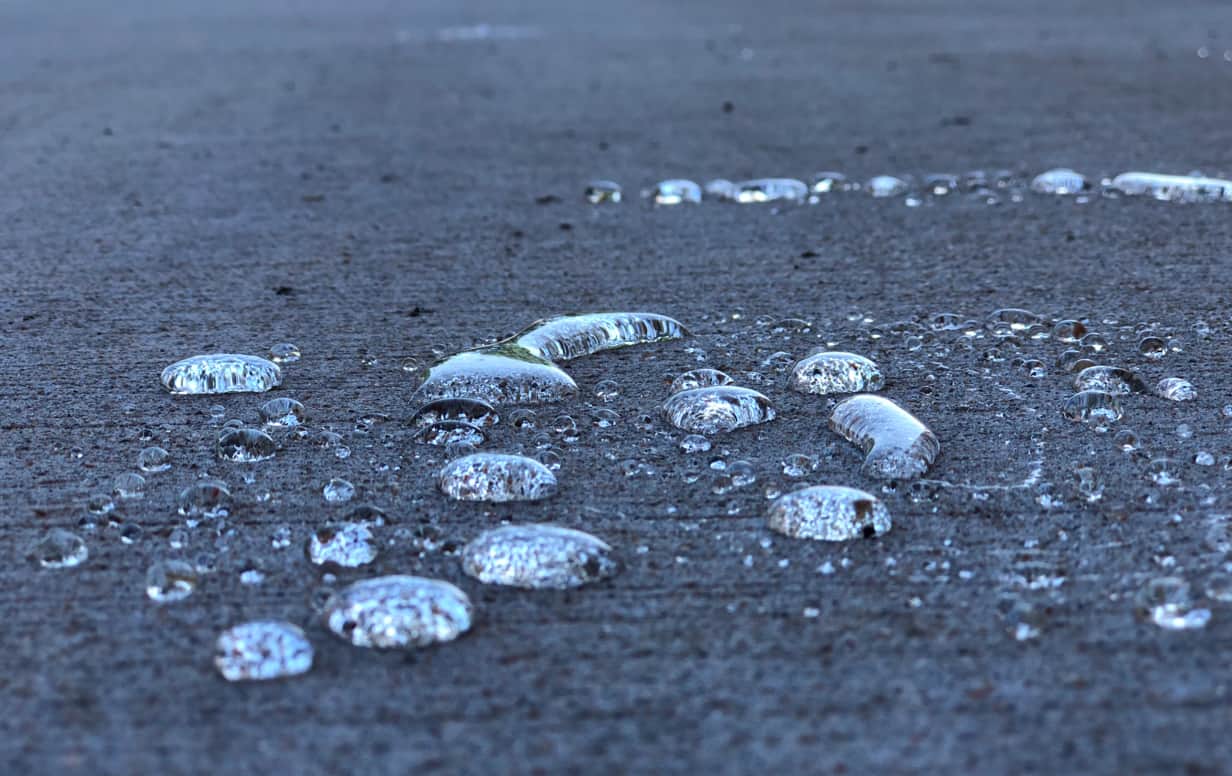
Myth #2: “Water repellents provide no value in performance and therefore aren’t necessary.”
On a dry day, most water repellents are invisible, but when it’s raining, you can feel their effect.
“When masonry gets wet, it goes from a thermal barrier to a conduit as the moisture carries the colder or warmer temperatures into the masonry,” Boyer says. “By keeping the substrate dry, you can actually help maintain the building’s performance values as well.”
Another understated benefit of a water repellent is that it keeps masonry cleaner for longer.
“Most of the stains we see in masonry are related to water in some form,” he says. “Efflorescence, lime, rust, and other stains are mobilized by water absorbing into the substrate, breaking them down, carrying them out to the surface as the wall dries, and depositing the solids at the surface before the water evaporates off into the atmosphere. Other stains like carbon are floating around in the air. When they contact a wet substrate, the solids are captured by the water, then the water evaporates off and deposits them onto the building as it dries.”
“A simple application of a penetrating water repellent can keep your building looking much cleaner, much longer, by simply keeping the bulk water out of and off of the walls, reducing maintenance costs, increasing time between restorative cleanings, and keeping the appearance up in between.”
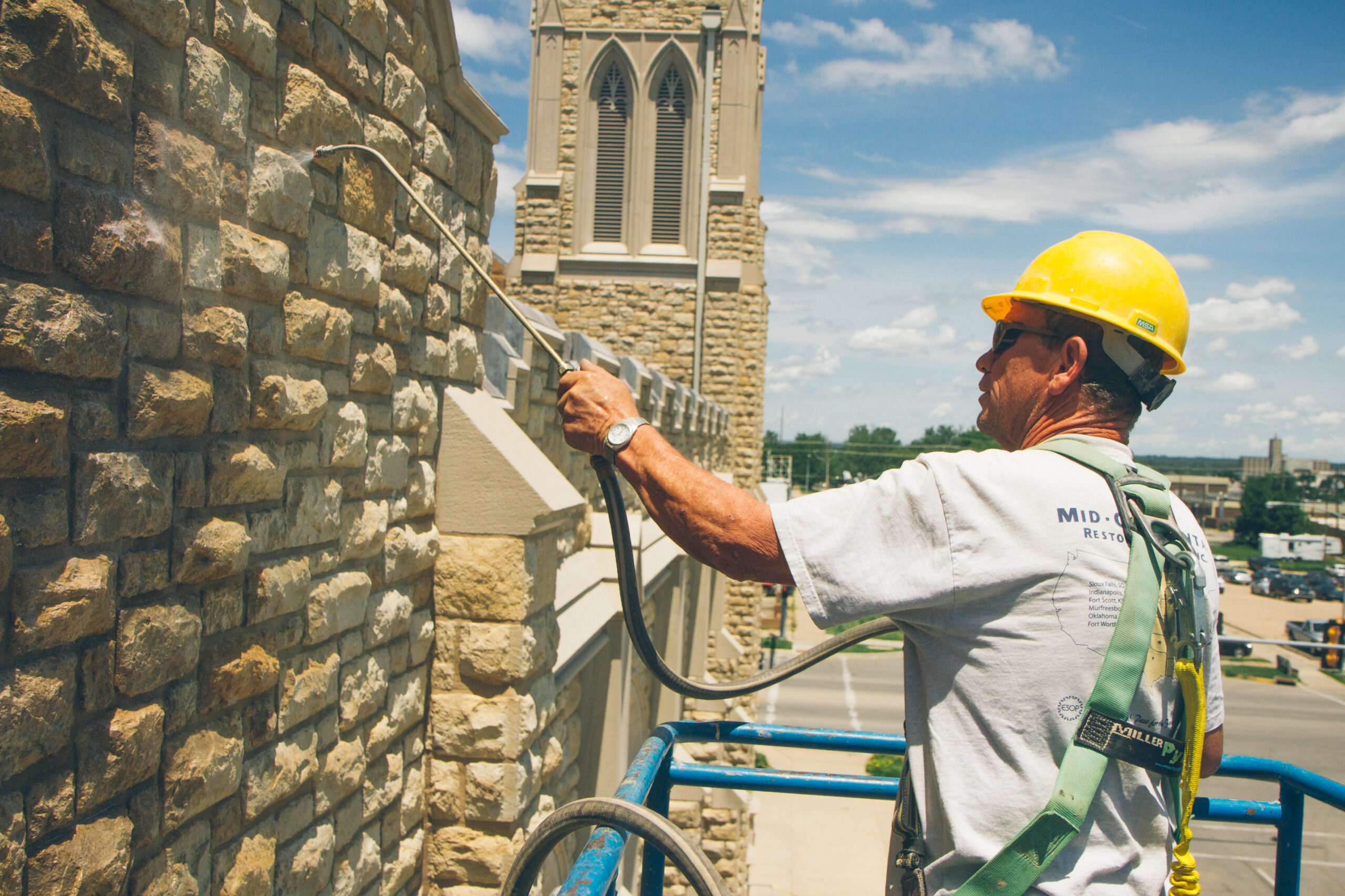
Myth #3: “If I don’t see beads, it’s not working.”
Not true, says Boyer. “The water repellent may still be performing as expected, but just slightly below the visible surface. This is where a simple water test with a Rilem tube is a better means to accurately assess the performance of the water repellent.”
“I know that beading action at the surface of the substrate is the “wow” factor that people are often looking for, but you can have a water repellent that is working just fine within the pore structure but doesn’t have a dramatic water beading action at the surface.”
"Think about the last time you put Rain-X on your car’s windshield," he says. "The beading is incredible and the water dances off the surface so much that you hardly have to use your wipers! Then ask yourself, 'Did my windshield not do a pretty good job of repelling water before I applied it?' The point is the beading effect is beneficial but does not determine ultimate performance."
Myth #4: “A water repellent is just going to degrade my historic building.”
This belief is based on outdated technology, Boyer says.
“It wasn’t always this way, but with today’s technology in water repellents, nearly every masonry substrate would benefit in more ways than one without the detriments associated with the sealers of yesteryear,” he says.
“Many historic buildings still prefer to forego water repellents for fear of later degradation to the substrate, but that fear is primarily born from the issues associated with film-forming sealers, not today’s penetrating water repellents or protective treatments.”
Fortunately, many historic preservationists are changing their tune on this topic, largely due to the negative impacts that more frequent and aggressive restoration cleanings can have over time.
Myth #5: “A solvent-based product is always going to outperform a water-based one.”
Luckily, this is just not accurate, Boyer says -- not anymore.
“While this may have been the case years ago, fortunately for us and for our environment, water-based technology has come a long way, and you can get equal or better performance with today’s water-based products than we used to only expect out of solvent-based protective treatments.”
There are two exceptions, Boyer adds. The first is if you’re working on an existing building that has previously been treated with a still-effective water repellent. In that case, it’s a wiser idea to apply a solvent-based water repellent to allow it to “punch through the surface tension” of the existing water repellent to get to the underlying pores you need to protect.
The second exception is when you’re working with an extremely dense surface such as a high-PSI concrete, or a very dense stone like granite or slate. A solvent-based option is likely better for these substrates because the solvent-based molecule is smaller than a water-based molecule, meaning the solvent-based one can better penetrate into the dense surface.
“Other than that, today’s water-based technologies can provide the same benefit as most solvent-based options with a lower environmental impact and often fewer protective measures required."
Myth #6: “Applying a water repellent means my building is waterproof.”
Most water repellents are intended for above-grade use in areas subjected to intermittent hydrostatic pressure and would not suffice for below-grade applications, or on pools or fountains that are constantly subjected to hydrostatic pressure.
Boyer compares it to insect repellent, which doesn’t grant you 100% immunity from insect bites.
A water repellent “helps significantly, but it’s not the end-all, be-all solution to keep 100% of water out of your building,” he says. “If you’re looking for something waterproof, select your product accordingly. Otherwise, keep the word “repellent” in mind to manage expectations.”
![]()
PROSOCO's line of water repellents includes:

